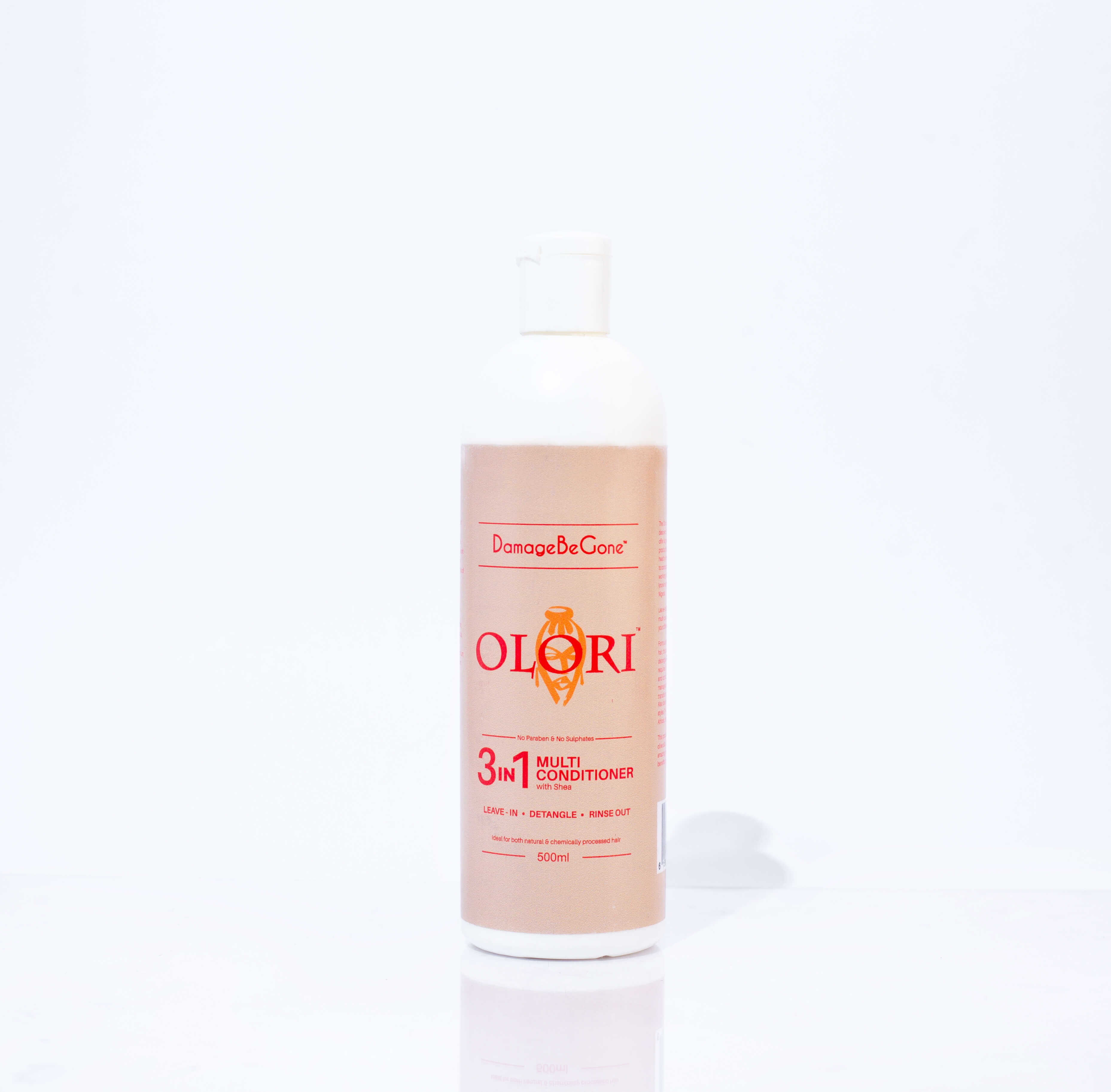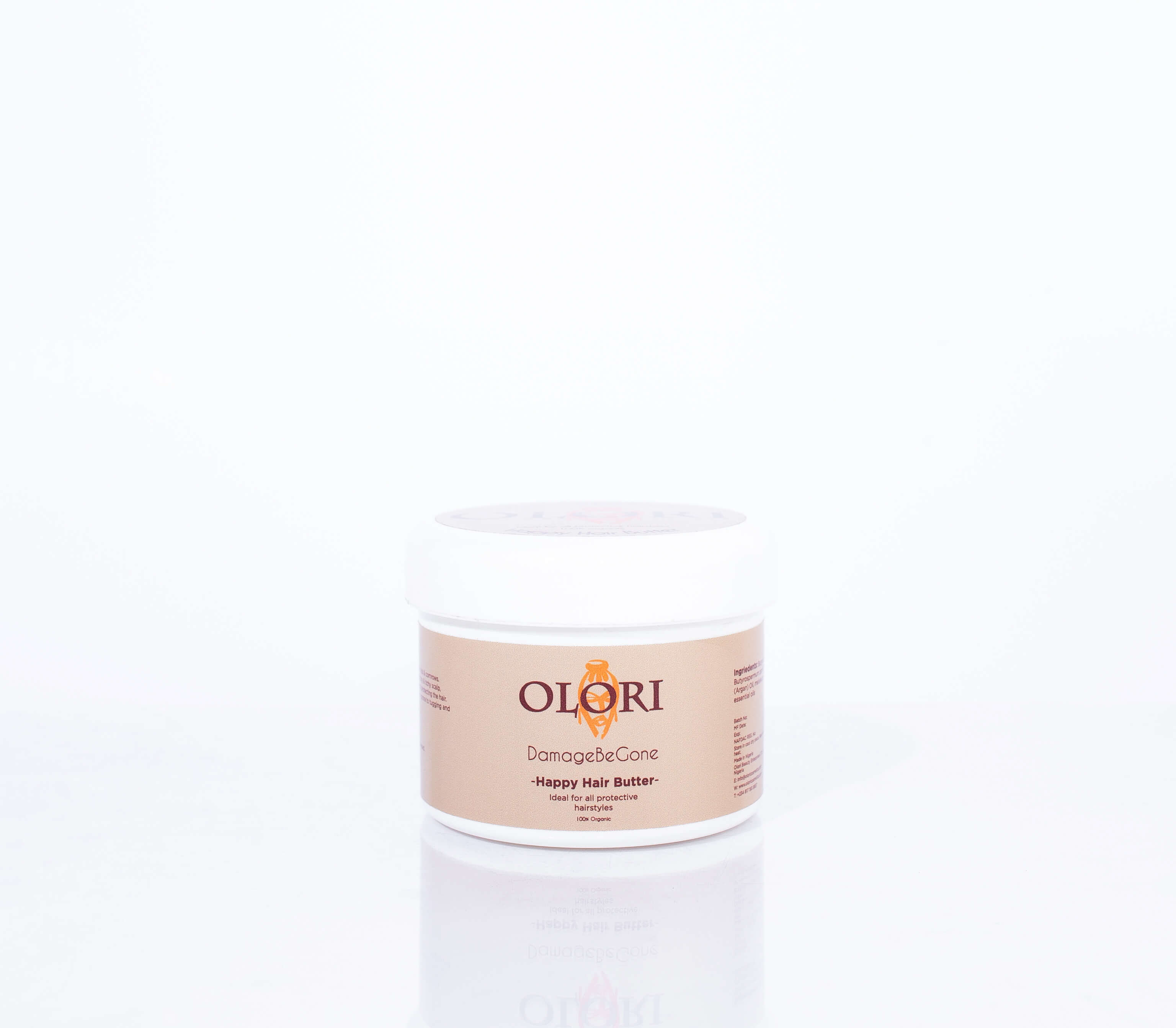Hair Porosity
Porosity is how much moisture your hair lets in and out.
Having high porosity hair means it may be easier for you to moisturise your hair, however, this moisture can be lost just as easily as it’s gained. You’ll need to take extra care to lock your moisture in with a sealant such as an oil or gel.
Low porosity hair has a tough outer layer; it doesn’t let anything in or out. You’ll have to put extra work in to make sure any moisturising products you’re applying are actually penetrating the cuticle and not just sitting on top. Go for protein-free products and warm up your conditioners before applying to prevent build-up. You’ll thank us later; once your hair is effectively moisturised, that moisture is pretty much stuck in there.
Normal porosity is right between the other two; it lets a good amount of moisture in without letting too much out.
Your hair porosity is genetic, but it increases with damage: this means that dyeing, relaxing or straightening your hair can contribute to higher porosity hair over time.
The OLORI team uses the following foolproof methods to test for porosity:
Float Test:
- Grab a couple of strands of your hair from a hairbrush or comb and drop them into a bowl of water.
- Give them a minute or two to settle
- If most of your strands sink to the bottom of the bowl, you have high porosity hair
- If they float, you have low porosity hair
You could also end up with something in between
- If they all stay suspended in the middle of the water you most likely have normal porosity hair
If half float and the other half sink, you probably have mixed porosity hair. This state of porosity is most observed with transitioning hair. Check our Transitioning Guide for more specific advice

Mist Test:
- Fill a spray bottle with some water and nothing else.
- Make sure your hair is totally dry and product-free. This method works best on freshly washed, dry hair.
- Spray some water on your hair and observe closely over a minute or so.
- If the water beads up on the surface of your hair, you have low porosity hair
- If the water is absorbed and your hair gets wet, you have high porosity hair

Moisturising for Different Porosities
The LOC method is lauded as the most effective way of properly moisturising Afro-textured hair. It’s pretty simple, LOC stands for Liquid, Oil and Cream, and it can be used on hair of all curl patterns, including relaxed hair! The method goes as follows: hydrate your hair with a water-based product (Liquid), lock in that hydration by moisturising with an oil-based product (Oil) and seal the hair cuticle with a cream product (Cream).
LOC is the standard form, but there’s a couple of variations on this moisturisation method:
- LCO: This stands for Liquid, Cream and Oil. It’s the exact same steps as in the LOC method, just in a different order. This method is recommended for low porosity hair as the use of Cream before the Oil increases the amount of moisturisation being put into one’s hair before sealing the cuticle. Low porosity hair types are more difficult to get moisture into, but manage to keep it tightly locked in, so the LCO method puts the emphasis on hydration and moisturisation as opposed to sealing it in.
- LO: This is simply Liquid and Oil. It’s recommended for medium porosity hair, as this hair type absorbs and releases at an intermediate rate, so it doesn’t need too much moisturisation or too much locking in. Just a little of each is perfect.
The standard LOC method is highly recommended for high porosity hair as both the O and the C steps to the method contribute to barricading the moisture in.
Achieve this with the following OLORI products:
- For the L step: DamageBeGone 3-in-1 Multi Conditioner
- For the C step: DamageBeGone 3-in-1 Multi Conditioner
- For the O step: DamageBeGone Happy Hair Butter




